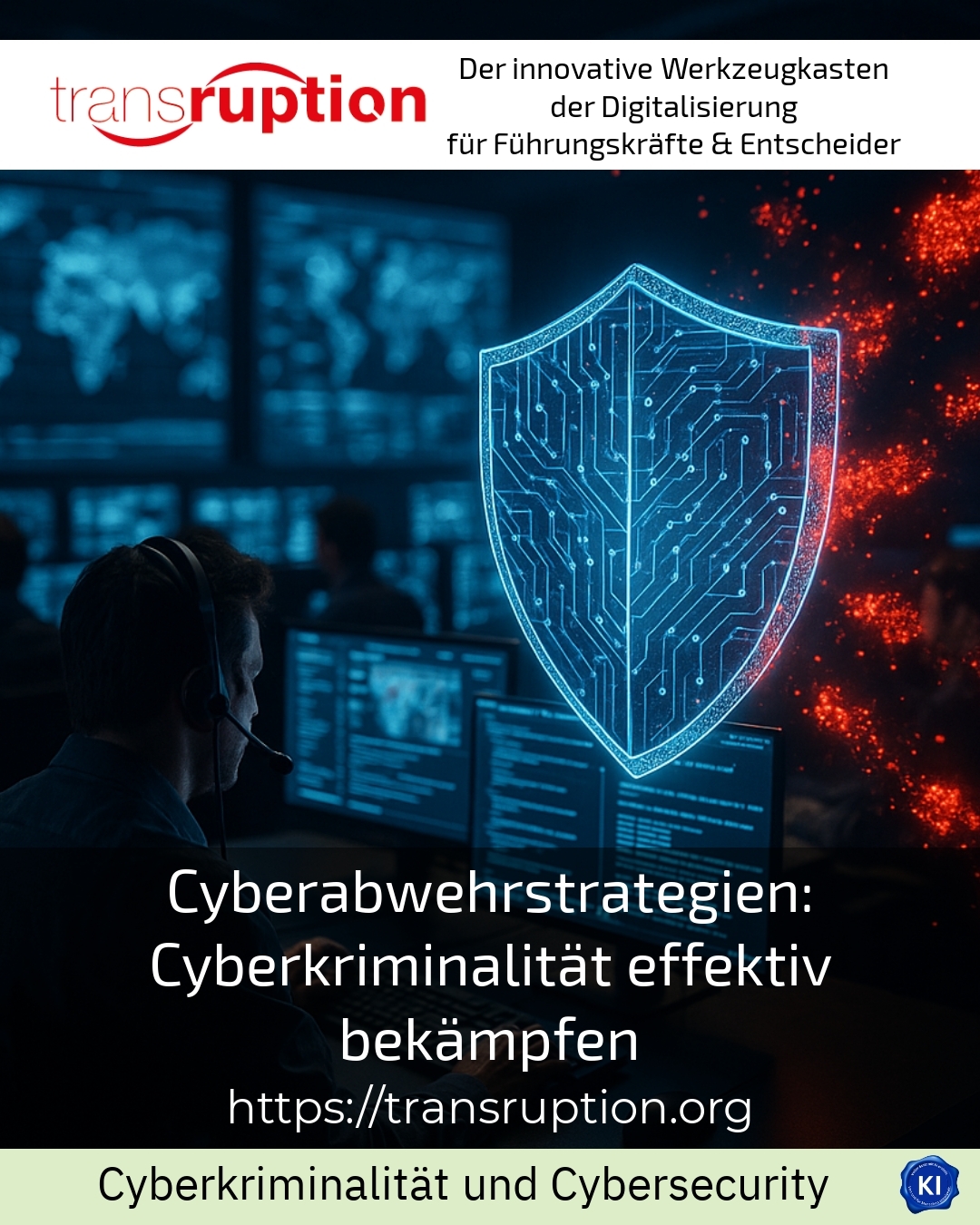In an increasingly networked world, effective **cyber defence strategies** are becoming more and more important. Cybercrime presents companies, authorities and private individuals with constantly growing challenges. This is not just about technical protective measures, but also about organisational concepts that can detect and ward off attacks and react quickly in an emergency. The following section provides practical ideas and examples to support the development and implementation of **cyber defence strategies**.
The cornerstone of modern cyber defence strategies
A solid security architecture forms the basis for protection against attacks from the digital space. Companies often rely on firewalls in combination with antivirus programs, which serve as the first line of defence. One medium-sized industrial company, for example, has significantly improved the security of access to sensitive machine data by expanding its firewall rules. Equally important is the continuous monitoring of systems. Suspicious activities that indicate an attack can be recognised at an early stage.
Another key element is employee training: People are often the weakest security factor. One financial services provider reported how regular awareness campaigns reduced phishing attacks by over 40 % because employees recognised potential traps more quickly. At a logistics company, access rights are also strictly controlled and assigned in stages so that employees can only see necessary information.
Penetration tests have also proven to be an effective method of uncovering vulnerabilities. At one IT service provider, external experts simulated specific attack scenarios to close hidden gateways.
Prevention and early detection as key fields of action
One of the central tasks in prevention is the recording and analysing of log data. This reduces the risk of cyberattacks because early signs such as unusual access can be counteracted. An energy supplier uses an automated platform to analyse such data and can often stop attacks before they cause major damage.
Regular security audits are also recommended in order to continuously check the effectiveness of existing protective measures. This is particularly relevant for companies with a high cyber risk, such as those in the healthcare or financial sector. At a hospital group, recurring audits have led to better protection of sensitive patient data and therefore better compliance with legal data protection requirements.
The creation of contingency plans also plays an important role. For example, one technology start-up reported on an IT defence exercise in which a simulated ransomware scenario was played out. Practising such procedures helps to ensure a quick and coordinated response in the event of an emergency.
Technological innovations and customisation
With the advent of artificial intelligence (AI), the complexity of cyber threats continues to increase. Hackers use AI to automate attacks or generate deceptively real phishing emails. At the same time, defenders can use AI-supported systems to detect anomalies even faster. For example, a large retail company was able to recognise and fend off attempted attacks within a few seconds by using AI-supported network analysis.
Zero trust models are also gaining in importance. These concepts assume that no access is automatically trustworthy. One financial institution successfully implemented such models by rigorously checking every access request and every end device. This significantly reduced the attack surface.
Encrypting data and communication channels is also a tried and tested means of making information theft more difficult in sensitive sectors such as the pharmaceutical industry.
Practical support for projects relating to cyber defence strategies
Many companies feel insecure when developing cyber defence strategies and are looking for support. This is where transruptions coaching comes in. It provides targeted support in the development of customised security concepts and helps to build a resilient security culture. Especially during the transition to new protection technologies or when organising training courses, coaches are on hand with impulses and methods.
An example from industry shows how a company used transruption coaching to strengthen its awareness programmes and set up a lean response system that provides clear instructions in the event of an emergency.
In addition, transruptions coaching also supports coordination between IT departments, management and external service providers to ensure that cyber defence strategies are implemented consistently and pragmatically.
BEST PRACTICE at the customer (name hidden due to NDA contract) and then the example with at least 50 words.
A large public administration was faced with the challenge of modernising its cyber defence strategies. Thanks to close support from transruptions coaching, it was not only able to carry out a structured risk analysis, but also establish suitable employee training programmes. As a result, digital expertise improved significantly and resilience to attacks was greatly enhanced.
Measures for everyday life in the company
Every company should introduce basic rules: Use secure passwords, make regular backups and check them, and restrict access to sensitive data. Examples from the retail sector show that the introduction of such basic measures has made it possible to significantly limit the damage caused by cyber incidents.
The implementation of two-factor authentication is also a frequently used measure in public authorities, which has reduced the risk of unauthorised access.
My analysis
**Today, cyber defence strategies** are indispensable for protection against the diverse threats of the digital world. Companies, public institutions and organisations benefit from a holistic approach that combines technical solutions with organisational measures. Regular training, preventive analyses and preparation for emergencies are key components of this approach.
The rapid development of new forms of attack, for example with AI support, requires continuous adaptation of security concepts. Transruption coaching can support organisations in this process and provide them with valuable impetus to tackle this complex topic in a focused and practical manner. In this way, a resilient security culture can be established that provides long-term protection.
Further links from the text above:
BMI - Cybersecurity policy
Measures to protect against cybercrime at CyberDirekt
Cyber attacks in Germany: trends & defence strategies
Tips for the prevention of cybercrime at Bitkom
Cyber security in the Bundeswehr
For more information and if you have any questions, please contact Contact us or read more blog posts on the topic TRANSRUPTION here.















